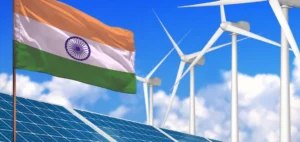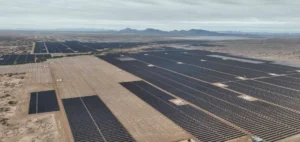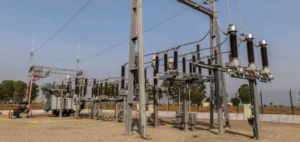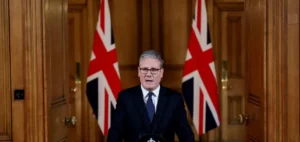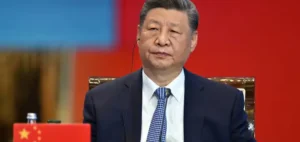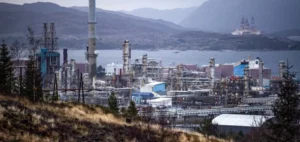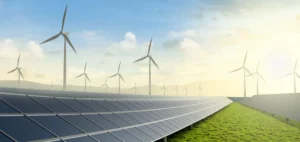Germany’s only deepwater port, located in the city of Wilhelmshaven on the country’s northern coast, is poised to become the “beating heart” of Germany’s clean energy infrastructure, according to Alexander Leonhardt, who heads the business development agency for Wilhelmshaven.
Hydrogen and ammonia import infrastructure in Wilhelmshaven: increased attractiveness
Energy companies, including Wintershall Dea, Uniper and Tree Energy Solutions, plan to invest more than $5.5 billion in the port between 2026 and 2030 to develop infrastructure for hydrogen and ammonia imports, hydrogen production and offshore carbon storage. The investment, which has never been reported before, is expected to create up to 2,000 jobs in the region and can double tax revenues for businesses.
The investment commitment in Wilhelmshaven raises the hope that funds and jobs can be channeled into a relatively economically weak region and that it can even attract companies to relocate from Germany’s industrial heartland in the south. Planned investments include electrolysis facilities that could be expanded to a size of more than 1 gigawatt (GW), and the port already has a thriving offshore wind and gas storage cavern presence, while the rail links of legacy operations are also a potential attraction for new investment.
Wilhelmshaven is already home to Germany’s first floating liquefied natural gas (LNG) terminal, operated by the state through Uniper, and TES plans to commission another FSRU by the end of the year. Both companies plan to begin clean gas production in the second half of this decade. Although Wintershall Dea is not involved in LNG, it is interested in reusing some Norwegian pipeline imports for hydrogen production, capturing carbon dioxide from the process and exporting it in liquefied form for permanent storage at sea.
The investment commitment in Wilhelmshaven is an important step in Germany’s transition to clean energy.
To reduce their costs, the companies will use funds from the European Union’s Projects of Common Interest funding scheme, hoping for subsidies in the range of 30 to 50 percent, said Uwe Oppitz of Rhenus Ports, speaking on behalf of Energy Hub Port Wilhelmshaven. TES said it is confident that no subsidies will be needed for its projects. Wilhelmshaven’s business promotion agency estimates that the region could produce more than 30 terawatt-hours (TWh) of hydrogen per year from 2030, or a quarter of Germany’s green hydrogen demand by that date, according to its national hydrogen strategy.
The investment commitment in Wilhelmshaven is an important step in Germany’s transition to clean energy, as the country aims to reduce its dependence on Russian gas and cut carbon emissions. The inverted pyramid principle, in which the most important information is presented first, is applied in this article, as it highlights key details of the Wilhelmshaven investment commitment and its potential impact on the region and Germany’s energy transition.




